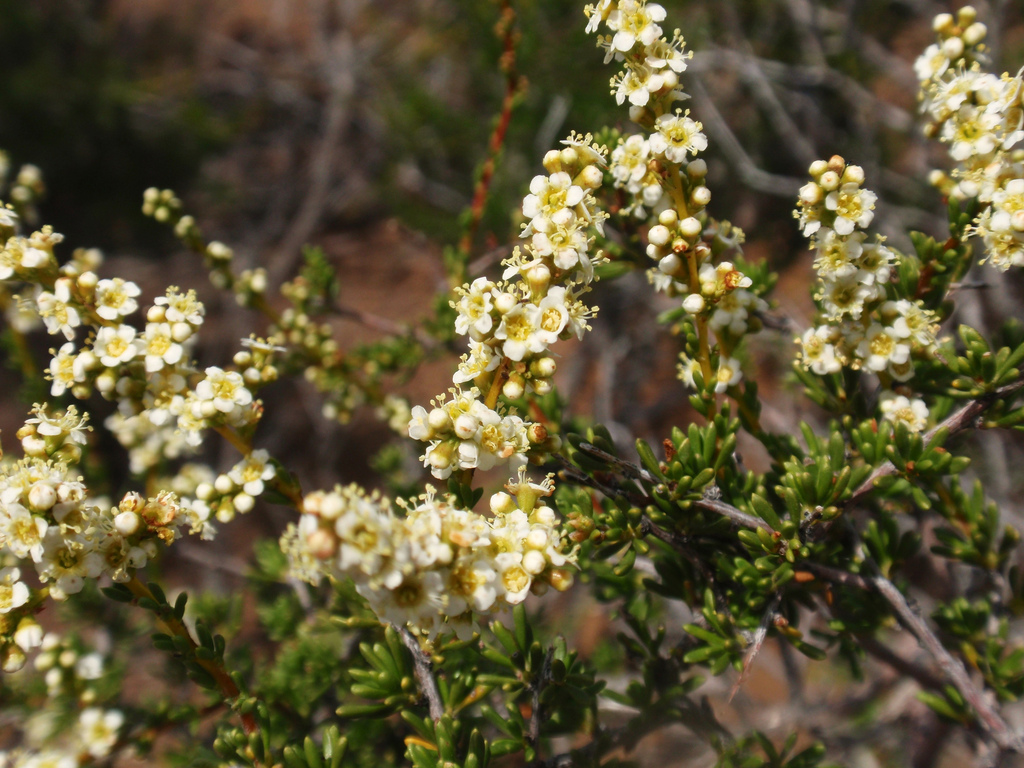
A Flowering Shrub for the Harshest Landscapes
You probably wouldn’t think that this hardy, drought tolerant shrub that grows in the high desert is a member of the rose family. When viewed up close at the height of its late spring and early summer blooming season, the shrub is covered with masses of small white flowers with pale yellow-green centers. It’s considered an evergreen and will look best and produce more blooms if the dead seed heads are pruned.
Chamise can grow up to 12 feet tall. Again, pruning it to keep it under control at a shorter height will result in a more attractive plant that will add dense greenery to your yard all year. The leaves are a handsome olive shade of green. Some homeowners choose to allow the shrubs to grow to their full height for use as a windbreak. Another benefit of adding chamise to your yard is the prevention of soil erosion. Chamise is recommended in particular for homeowners with sloping properties.
Soil and Irrigation
The best soil for chamise is natural, rocky, sandy soil. Remember that this is a shrub that thrives in the harshest natural conditions. It’s one of the first shrubs to reappear after wildfires.
Chamise is drought resistant but has special water needs. Your landscaper can advise you about fire dangers associated with chamise. Warm weather can bring out flammable oils on the leaves. Watering chamise once or twice a month during the hottest part of summer will greatly reduce the production of these oils.
The Best Places to Grow Chamise
Chamise is a good shrub for the entrance to your driveway. If you have a cliffside property, chamise in full bloom looks dramatic spreading out on and hanging over the cliff. If you have a yard with a lot of natural boulders, plant chamise around them.
Chamise and Wildlife
Do you have problems with wildlife grazing on your plants? Chamise isn’t a favorite of deer and other animals that seem to view your garden as a buffet. Chamise is an important native plant because its flowers feed butterflies, and its shrubbery provides fall and winter shelter for birds and small animals. The dense leaves form a natural nesting environment.
Chamise in the Garden
Chamise dresses up areas of gardens with non-flowering shrubs. It looks impressive planted with other tall shrubs that produce blooms of different colors, particular shades of purple. As mentioned above, chamise is an ideal choice for adding greenery to a rock garden.
Contact us to learn more about landscaping with chamise and using native plants in your rock garden.
Things to Remember:
• Chamise is a survivor in hot, rocky environments where other plants can’t grow
• It must be watered once a month
• It helps prevent soil erosion
